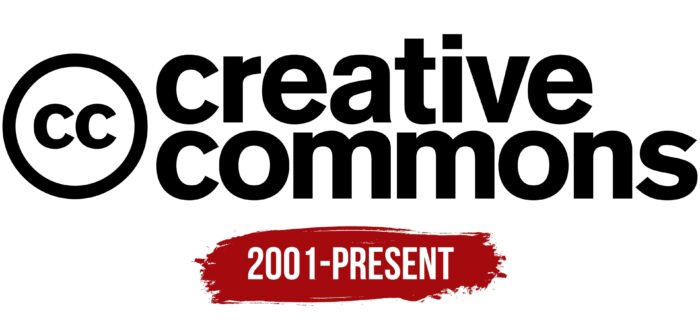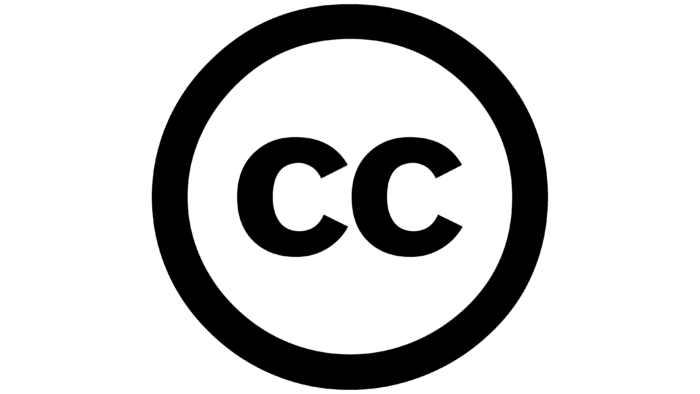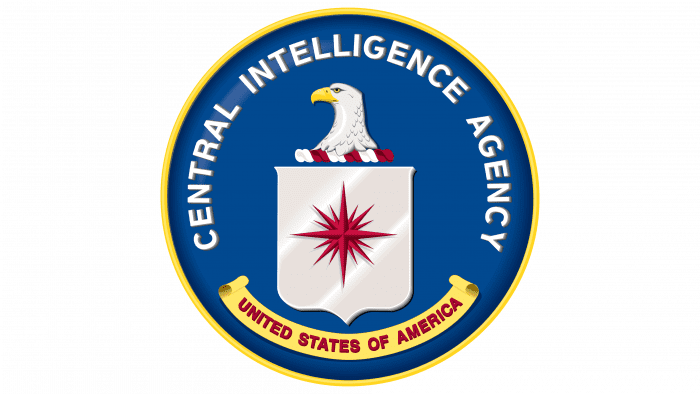 Creative Commons (CC) Logo PNG
Creative Commons (CC) Logo PNG
The organization’s emblem shows the expansion of access to works with a registered copyright. At the same time, the Creative Commons logo guarantees compliance with all laws and respect for the owners and creators of creations.
CC (Creative Commons): Brand overview
| Founded: | January 15, 2001 |
| Founder: | Lawrence Lessig |
| Headquarters: | Mountain View, California, U.S. |
| Website: | creativecommons.org |
Meaning and History
This structure was initiated by Lawrence Lessig, Eric Eldred, and Hal Abelson. The Center for the Public Domain directly supported them. But the actual fork of the service that is now known was created by a different team. The first batch of copyright licenses appeared at the end of 2002. Then the Open Content Project, a 1998 David A. Wiley startup, announced the new CC service as its successor and named Wiley it’s head.
The key task of the organization is to overcome the monopoly on any creative content so that it is available to people and not concentrated only on the one hand for the purpose of profit. Therefore, the network has gained immense popularity in the world. She herself licenses the works and distributes them for free, removing restrictions. This is primarily about music, books, web content, and movies. In mid-2020, the company released an expanded strategy outline in which it said it would continue to focus on advocacy, innovation, and capacity building.
In this way, CC highlights the rethinking of the accessibility of works of art in the information age. As a result, her mark in recent years can be seen on most institutions, magazines, albums, and other things. But authorship must be indicated.
A public domain sign consists of two parts that serve a specific purpose. On the left, on a white background, is the abbreviation “CC” surrounded by a black ring. Capital letters, bold, chopped. They represent an alternative symbol of copyright, outwardly resembling it. The difference between them is only in the double “C,” formed from the phrase “Creative Commons.”
Next to the right is the expanded name of the network. It is in lowercase. All letters are grotesque, wide, black, which indicates the project’s seriousness because, in this case, nothing distracts attention from the information product. The inscription occupies two lines aligned to the left.
CC (Creative Commons): Interesting Facts
Creative Commons (CC) is a nonprofit that makes it easier to legally share and use digital content. Founded in 2001 by Lawrence Lessig, Hal Abelson, and Eric Eldred, its goal is to overcome copyright laws that limit how information and culture can flow freely.
- Foundation and Mission: CC’s idea was to help people share their creative work more freely and support innovation through less restrictive copyright options.
- Licenses Offered: CC gives creators a variety of licenses to choose from so they can decide how others may use their work. These range from very open (allowing any use) to more controlled (limiting commercial use or changes).
- Types of Work Covered: All sorts of creative content use CC licenses, from photos and music to educational materials and scientific studies. This versatility has made CC a key to sharing and openness online.
- Global Reach: CC licenses have been tweaked to fit legal systems in over 60 places worldwide, ensuring they work everywhere.
- Public Domain Tool: Beyond licenses, CC has a tool, CC0, that lets creators put their work in the public domain, meaning they give up all their rights, and anyone can use the work however they want.
- Finding Licensed Works: CC also has a search engine to help users find music, videos, photos, and other free works licensed under its terms.
- Supporting Open Access and Education: CC helps spread academic research and educational materials for free. It’s a big part of the movement to make research and learning resources available at no cost.
- Working with Others: CC works with groups like Wikimedia, Flickr, and Google to grow the pool of openly licensed content.
- Annual Meeting: Every year, CC holds a global summit where people from various fields discuss how to keep culture and knowledge open and freely accessible.
- The Impact: Millions of works have been shared under CC licenses, showing its huge role in encouraging sharing and access to creativity and information across the globe.
Creative Commons is crucial for balancing creator rights with public access, supporting open access to education, and enabling a culture of sharing in the digital age.
Font and Colors
The symbolism of the world service, which provides public access to creative works, is simple and unpretentious. This is done to emphasize the seriousness and weighty significance of the project and provide a visual resemblance to the copyright sign.
The typeface of the Akzidenz Grotesk family, which appeared in 1898, was chosen for the logo. This is an elegant and strict font. Its alternative is CC Accidenz Commons.
The official palette is monochrome and includes the classic combination of black (inscriptions and signs) with white (background). But according to the CC branding guide, the current colorway also consists of Tomato #ed592f, Gold #efbe00, Forest Green #04a635, Dark Slate Blue #3c5c99, Dark Slate Gray #333333, Orange #fb7729 and Dark Turquoise #05b5da.
CC (Creative Commons) color codes
| Black | Hex color: | #000000 |
|---|---|---|
| RGB: | 0 0 0 | |
| CMYK: | 0 0 0 100 | |
| Pantone: | PMS Process Black C |





